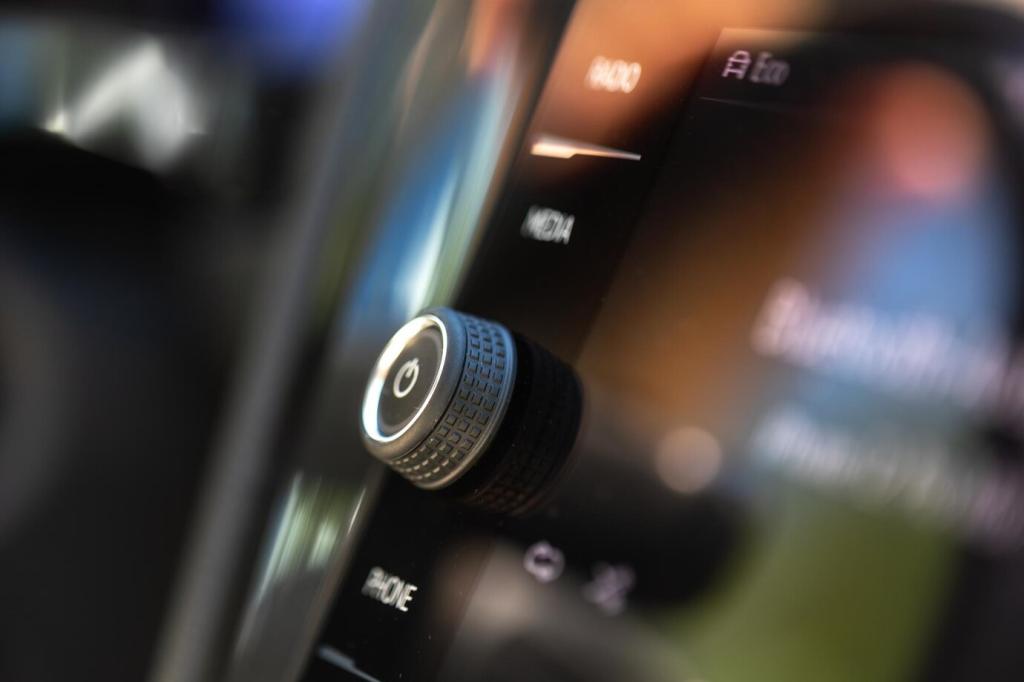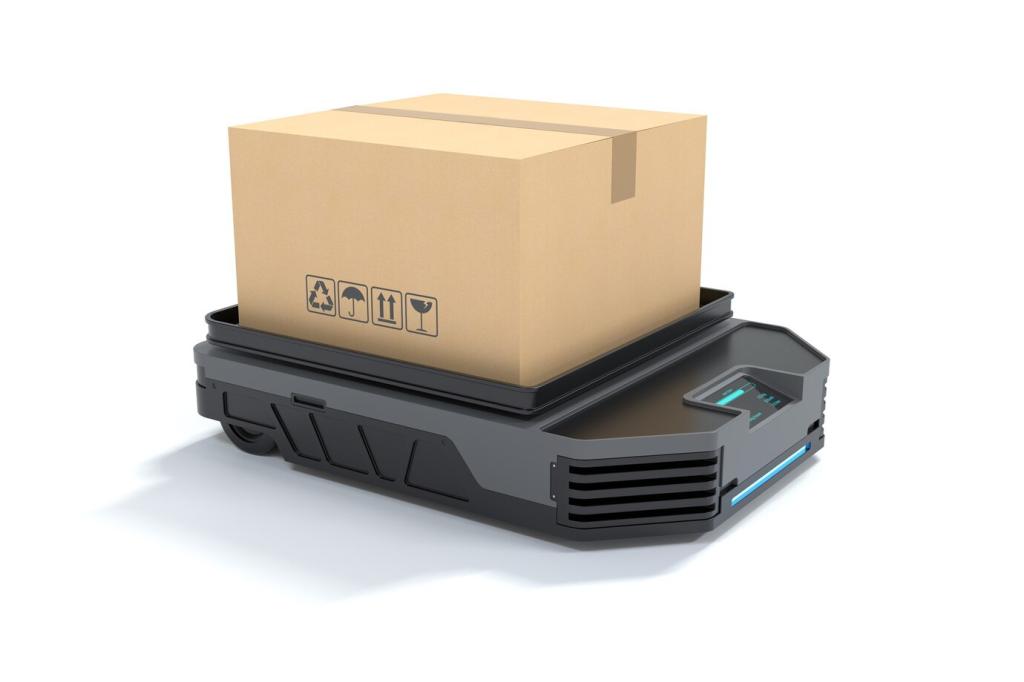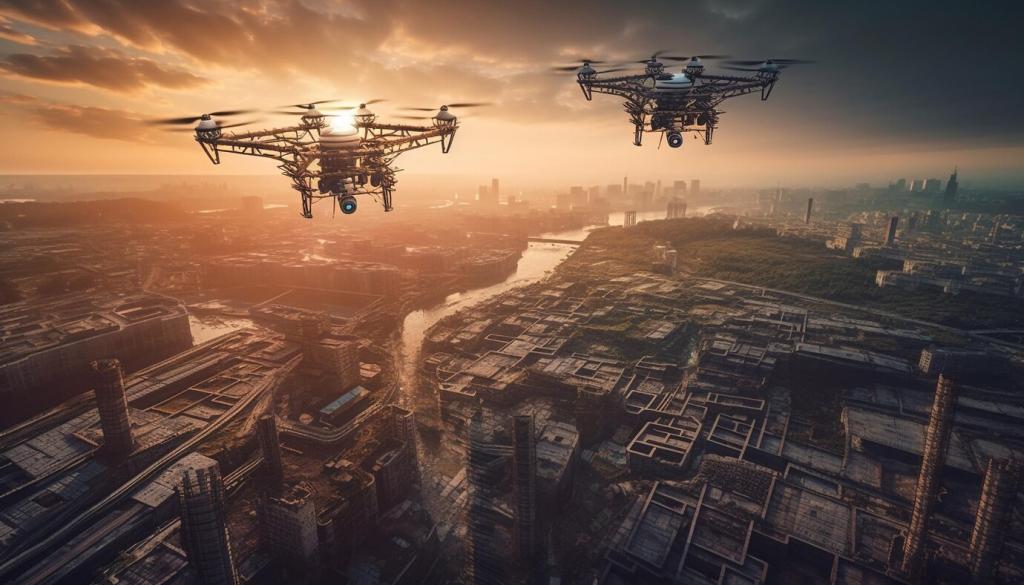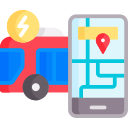Impact of IoT on Autonomous Driving Technology
The evolution of autonomous driving technology is deeply intertwined with advancements in the Internet of Things (IoT). Together, these transformative forces are redefining the future of transportation by creating connected, intelligent vehicles capable of making real-time decisions. IoT technologies enable the collection, analysis, and sharing of data among vehicles, infrastructure, and cloud platforms, fostering a safer, more efficient road environment. As automotive manufacturers and tech leaders push the boundaries, the role of IoT in supporting everything from advanced sensors to cloud integration becomes increasingly pivotal. This synergy not only enhances the capabilities of self-driving vehicles but also accelerates the shift toward smart mobility solutions, impacting how cities and communities approach transportation challenges.



